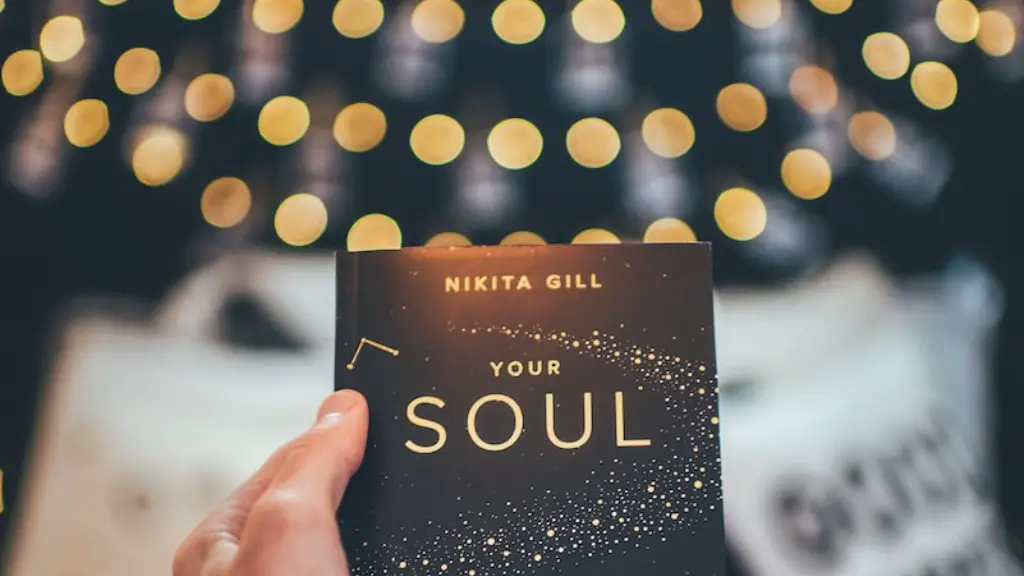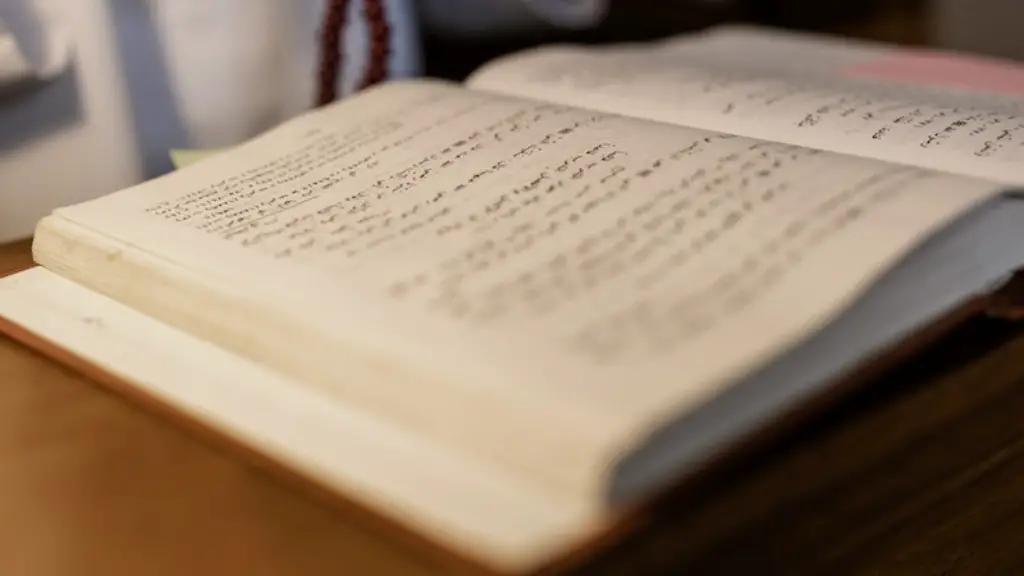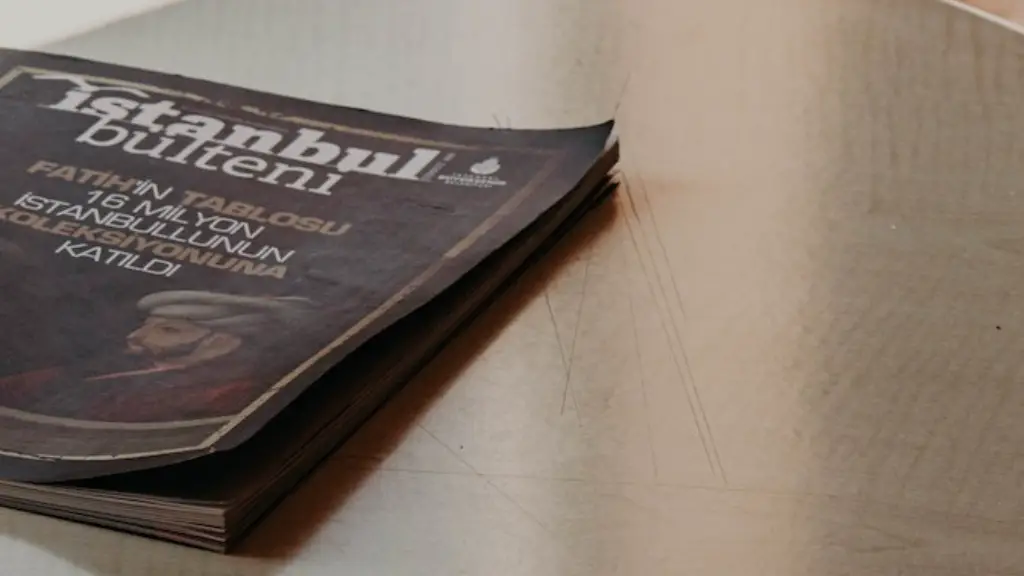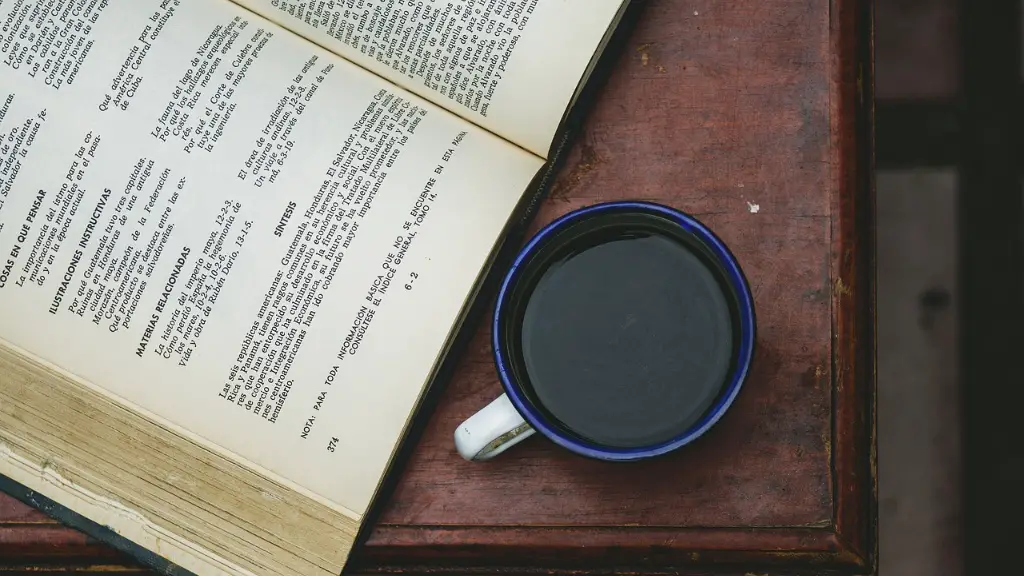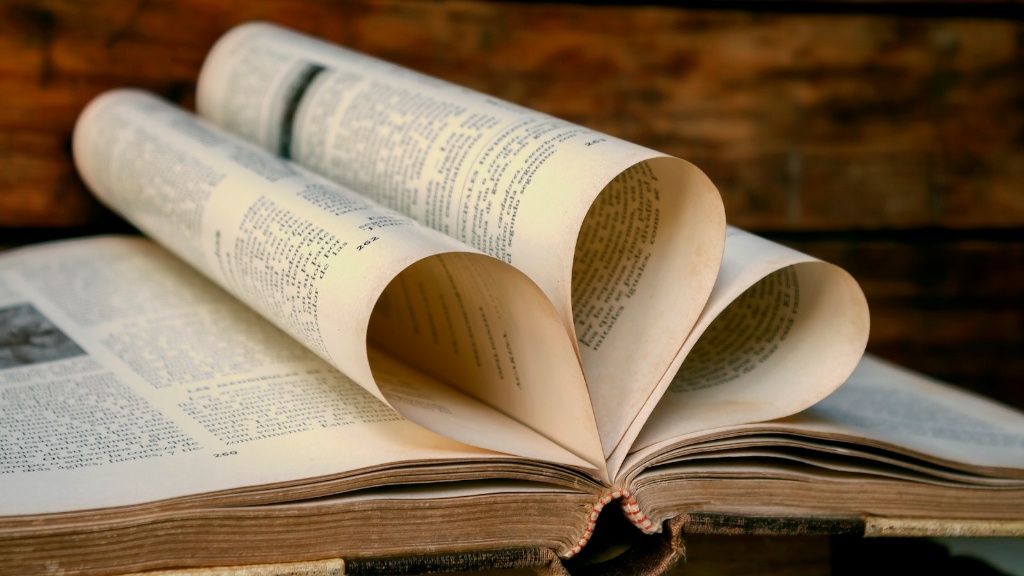Storytelling in Poetry
Poetry is much more than random chunks of words thrown together onto a page; it’s a creative outlet allowing writers to tell stories that are meaningful to them. For centuries, poets have used their art form to capture and convey emotions, explore difficult topics, and craft powerful messages — all within the confines of a few lines. The appeal of poetry for writers is the beauty of being able to express even the most complex of feelings without explanation. Stories contain the characters, the scenes and the plots that poets can incorporate into their work.
A poet’s favorite tools are the carefully chosen words that she selects and strings together. Whether in spoken word, experimental, traditional or any other type or format, the key to all poetic prose is finding the right words to express one’s thoughts. For example, alliteration can create a rhythm and flow that has character and melody and allows the reader to flow through the writing, while a well-constructed metaphor can convey a powerful, universal message. Experienced poets use subtle tweaks to draw out shades of meaning that deliver a deeper experience for readers.
In today’s world, the internet has enabled poets to easily foster an audience beyond their own creative circles — one that can be engaged and enchanted from all around the world. From open mics, to purposely curated platforms and publications, poets can easily share their stories with a larger and more engaged audience. Furthermore, even traditional outlets are adapting, implementing modern technology in their spaces and providing more opportunities for poets to reach a wide range of viewers.
Though many poets get inspiration from their background, experience, and personal life, there are other ways of finding muse to write and publish one’s work. Whether unintentionally or intentionally, political discussions, current events and global happenings provide poets will plenty of subject matter. Social media platforms can also be a great source of ideas; poets can easily find conversation starters and creative inspirations from the everyday people and their posts.
Writing is a skill, but writing poetry is an art — and not just anyone can hone this craft. It takes experience and practice to master style, sustain emotion, and pin down a message and convey it in the most impactful manner. It takes determination to be cognizant of the power of words and how a slight change of them can affect the overall meaning and message of the work. It takes creativity to be attentive to how different lines can be laid out and how breaking word boundaries can be pivotal for a successful piece.
The Craft of Writing Poetry
As a poetic art form, the craft of writing poetry involves jamming words together in a way that they create a rhythm, convey emotion, and can be translated into an audience. While experimentation is sometimes welcome, structuring the flow of words to fit into a meter is an important task. Rhyme and alliteration are common too so that the flow of words is as attractive as it can be. Likewise, metaphors, imagery, and certain punctuations can also be employed to create rhythm and stir emotion when necessary.
Seeing how many poems depend on their relevance to the audience, topic selection is an essential aspect of writing poetry. Nothing is more valuable than a poet having a vivid understanding of the purpose of their poem. If a poet fails to create the intended effect on their readers, the poem fails. This makes learning about the audience’s perspective on the topic and how best to present it to them an important task for every poet.
On the other hand, a poet can only inject creative truth into their poem if they are true to themselves — allowing their personal feelings and emotions to flow through their words. Writing poetry is a personal process; each poet must find the courage inside them to write with courage and to create their story. Every emotion, every thought, is their own, and it’s up to them to make use of those emotions and ideas to make their poem as effective and as impactful as possible.
Experienced writers know that the more time one spends perfecting and fine-tuning a poem, the more real and authentic the poem will become. With every draft, they will gain a greater understanding of their character and write in a voice that speaks from the heart and resonates with their readers. Putting in the time to revise and practice their craft is the surest way for writers to hone their skills and allow their creativity to soar.
Analyzing and Interpreting Poetry
A poem can be analyzed from different angles. When reading, readers can focus on the vocabulary, the structure, and the imagery. There is also the emotional content of the poem, as well as its philosophical underpinnings, if any. Reading the poem multiple times can also reveal new layers and perspectives. As each person brings his own unique experiences and paradigms to any story, each time the poem is read, the poem can unfold differently and lead to different interpretations.
Interpreting poetry can be a difficult matter because of the personal connection writers form with their stories. What is one person’s profound message can be another’s emotionally charged moment. Therefore, nuanced context is often needed to decipher an author’s motive and to truly appreciate the poem. Interpreting poems can also be difficult because certain words may have different meanings depending on the cultural context and time period.
Given the multi-layered nature of poems, one might easily lose their reasoning if they fail to go through each layer and its meaning. This is why a balanced approach of critically analyzing and interpreting is necessary for those looking to get the full effect of a poem’s message. As with many forms of literature, the best approach involves thoughtful and constructive criticism of the material.
Different Forms of Creative Expression
Aside from the traditional poems, stories, and songs, poetry can also be expressed in modern, visual, and interactive ways. Poets can experiment with music arrays and instruments, for example, and create a composition that truly speaks to their poetry. Likewise, communal workshops, public theaters, and projection screens can make it easier for poets to express their message to a larger audience. Digital animation, sculptures, photographs, and art installations also provide creative mediums for poets to use.
Moreover, poets often make use of non-traditional spaces such as urban environments to get creative and explore new themes. For example, one might chip away the walls of the city, and the voices that were once muted can now be heard. City walls and streets can become canvases for artists to paint moods, thoughts, and social issues. But it doesn’t have to just be limited to street installations — poets can also take advantage of other mediums such as books, magazines, newspaper columns, etc., to provide a platform to voice their opinion and perspectives.
In recent times, the social forums of the internet have given way to more niche mediums where poets can explore more vibrant and fresh ways of expressing their ideas. For example, video-sharing websites, blogs, vlogs, podcasts, and even virtual bulletin boards offer exciting and unique ways for poets to showcase their work and create personal brands, thus allowing them to widen their reach and bolster their creative reputation.
The Enduring Presence of Poetry
Poetry has been part of human history since ancient times. It is by nature a simple, yet complex, art form that wields remarkable power when done correctly. Whether it takes the form of an essay, an ode, or spoken word (or in other creative mediums), poetry has the potential to reach and resonate with all. It can inspire, inform, and uplift. It can also speak to the power of our struggle, helping us process and understand life’s most difficult moments.
When everything else seems too complicated and far beyond our control, the simple structure and succinctness of poetic prose can often be our greatest source of solace. The beauty of poetry lies in the fact that although it gives us the power to deal with our own demons, it can also help us appreciate and understand the world around us.
In a world of constant change and chaos, poetry still remains a potent voice that is heard loudly by both the writer and the reader. And if we keep listening closely enough, we can also see how it continues to shape and influence culture, as we grow into a better and brighter future.
